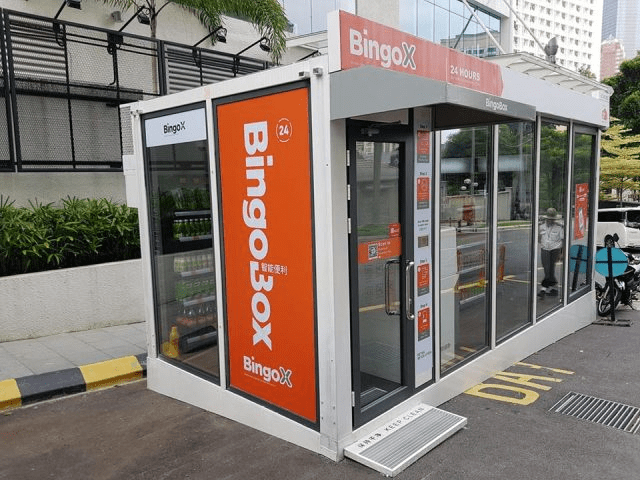Increasingly significant in commercial business strategies over the last few years, ‘New Retail’ refers to the integration of online and offline retail experiences. As technology, especially e-commerce capabilities, has begun to dominate the retail space, online retail strategy has become increasingly important to businesses.
With online-offline integration quickly creating a new environment, let’s explore how new retail technologies can find their niche.
New retail is a process, rather than a market, where the e-commerce environment increasingly integrates with physical shopping spaces. In China, where this process is arguably the most advanced globally, Alibaba has led the ambitious drive towards this integration through its online-offline supermarket chain Hema. Since the launch of Hema stores around China in 2015, more leading online brands have launched similar physical stores which offer a technologically integrated experience with online shopping.
A notable leader in this group is online shopping giant Amazon. Launching their Amazon Fresh stores in March 2021, Amazon has woven in-person shopping experiences into their business offering, whilst still harnessing the convenience that makes Amazon so attractive. With stores currently in operation around London, Amazon Fresh is stocked with everything you would expect to find in any small supermarket, but with special offers, discounted prices, and their unique ‘Just Walk Out’ technology. The store detects when products are taken from and returned to shelves, and payment is taken automatically from your connected Amazon account when you leave. Interweaving the immediacy of typical Amazon shopping with the convenience of local stores, Amazon Fresh is a prime example of successful new retail technology.
However, new retail is part of a wider integration process. Smartphone app technology leads to online shopping integrating wider consumer services into a broader digital consumer environment, such as car-hailing and food delivery. Social media apps, such as Tencent’s WeChat, are well-advanced in integrating features of other apps to create ‘uber-apps’, in which a suite of services applications create all-in-one services, shopping, and lifestyle interfaces.
Potential for New Retail Technologies
New retail technology can be more responsive to wider consumer service needs, and also to consumer proximity. Unmanned convenience stores are moving from the test to roll-out phase as part of the new retail push, allowing retailers to open wherever consumers want stores to open, or even for stores to travel to where the demand is—like that of BingoBox in China.

The developments found in new retail are also challenging the use of physical space, not just with stores, offices, apartments, and public spaces, but also potentially with products and packaging. Without standard format stores, packaging and product design no longer need to fit standard supermarket shelves. This creates more demand for packaging-free products to save on waste, which is popular with sustainability-conscious consumers. With 7 in 10 US consumers interested in purchasing refillable products, this new retail technology may cater to a wide and emerging audience. And of course, the smartphone will remain a popular product, but its value is less in the device itself, but rather in the content and applications it delivers and the data it generates.
This convergence and integration of new retail technologies is turning the traditional economic model on its head. Inhabitancy and usage are becoming more important than possession, which opens up the potential for rental retail. Definitions of work, shopping, and leisure space are becoming increasingly blurred by new retail economies. Holiday destinations can become places to work, network, and even seek healthcare; rather than simply places to rest and play. Public spaces can also become temporary commercial service stations, like the 24/7 gym pods by Mipao Technology that popped up in public spaces throughout Beijing, China.
Asia-Pacific’s rapidly developing economies are proving to be the ideal testing grounds for such new innovative, integrative technologies. The region offers willing, anticipatory consumers, eager for improvements and less tied to traditional legacy technologies because their economies are still underdeveloped. Asia’s diverse, fragmented geography and massive population also creates significant needs that new retail technology is best placed to serve.
Subscribe to our newsletter, Spotlight, to receive free content and insights delivered directly to your inbox.









































